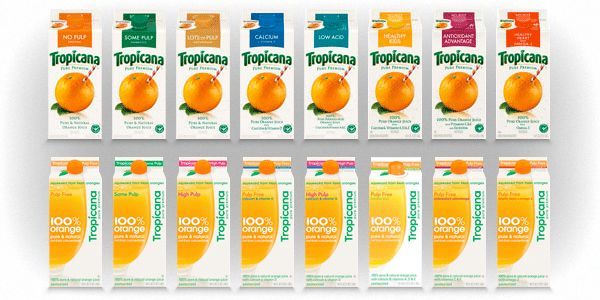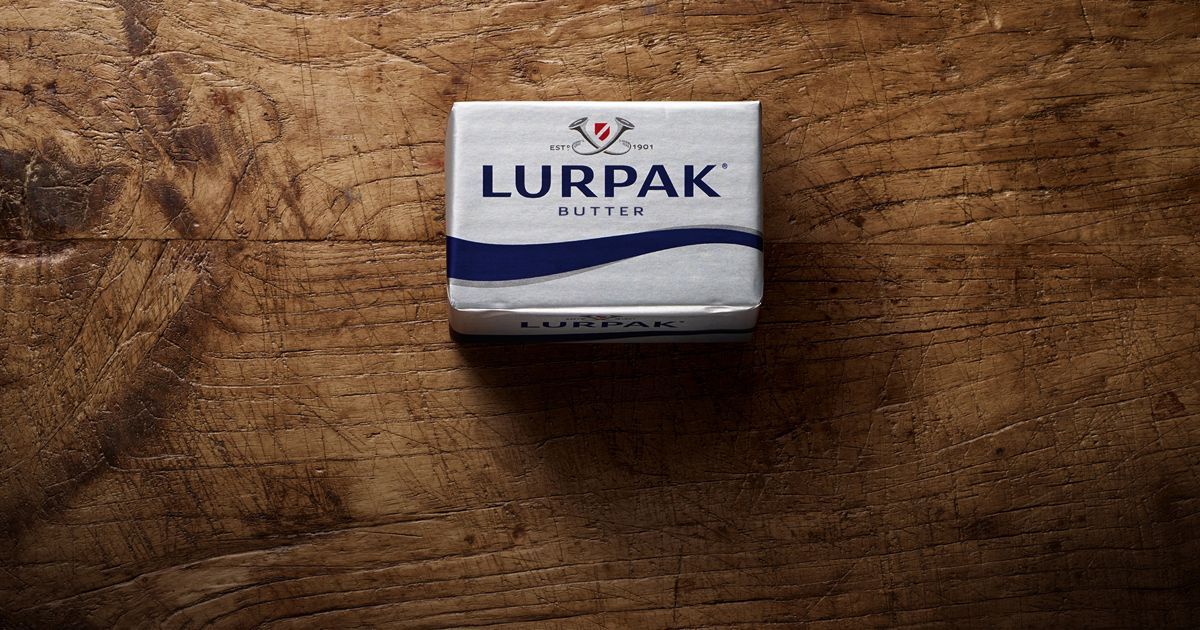3 Steps To Successful Packaging Redesign
In our last blog, we asked you to carefully consider before embarking on a brand or packaging redesign. If you've established your objectives, and it's time to get going, here are three steps to ensure your redesign is a success.
STEP 1. Plan your pre-launch research and concept testing.
As part of the decision to undertake a redesign, you should already have carried out consumer and competitor research to understand the problem you want to fix. Know where your current design works and where it doesn't in terms of consumer appeal, distinctiveness, how recognisable it is and how well it communicates the brand's positioning.
Once a project is embarked on, it can be tempting to go with your gut feel, or worse, allow design by committee to decide on the final outcome. Your professional judgement is important and is best articulated through having a clear framework for what the design needs to achieve (which comes from having a clear brief - see Step 3).
But, redesigns can cost thousands both directly on the design itself and indirectly on packaging run-out costs, updating all your brand collateral, and even in lost revenue if you don't get it right. So, consider running your designs by consumers before forging ahead.
Check that the brand is still recognisable and distinctive and solicit feedback that will help you decide if the problems you set out to fix have been attended to. It's not about letting the consumer choose the design for you, it's about checking that you're on the right track, so it's important to plan this research into the process at a stage where changes can still be made.
Research can cost anything from a few thousand pounds upwards, but investment made at this stage can save significant cost later down the line.
You should also try to see how your proposed new design will look in the retail space. A design can look fabulous on paper, but when viewed in 3-D, next to your competitors, it can fail to stand out. This is where a friendly retail account can help - swapping out your existing design for mock-ups to photograph.

STEP 2 Protect what is distinctively recognisable
Consumers look for shapes and colours as short cuts to the brands they usually buy or want. Understand the key distinctive visual assets and codes of your brand and don’t change them unless you have a clear and considered reason to do so.
The disastrous rebrand of Tropicana lost them $20m in a month and was ultimately pulled before the brand went back to its previous design.
The new design may well have delivered on the brief of showing freshly squeezed orange juice, but it's not what consumers were looking for when shopping in-store. The design rolled-back so significantly on the brand's distinctive logo and other brand signifiers, that it was missed or mistaken for an own label product.
You do need to keep your brand fresh and relevant but not at the expense of being recognisable. Lurpak has done a great job of tweaking their branding over the years, but it’s so slow and slight each time and the baby has not been thrown out with the proverbial bathwater. They have ‘crown jewels’ (silver and blue) and once they were introduced in the 90s, have only very slightly tweaked the logo, horns and ‘swoosh’.
You can see how the pack has evolved over the years in these ads from the 80s to early 2000s and below, how it looks now - simple, elegant and instantly recognisable.

STEP 3 Do a proper brief
Too many marketers and business owners expect their design agency to write their brand strategy for them. They send a brief which is a set of questions instead of a set of decisions.
Creative agencies may well have strategists but they are creative strategists. Packaging and design agencies often have people with similar titles, but again, their focus is on the specific area of expertise - they cannot and should not make the decisions about what your brand stands for and how it is positioned in the market.
A good brief will clearly and succinctly articulate the decisions you have made about who, or what needs you are targeting in the market and how your brand is positioned in relation to the target audience and your competitors.
It should articulate what you want to stand for and how you want to be seen by consumers.
Your agency's job is to figure out how to turn your brief into distinctive, compelling and memorable design in a way that will illicit the perception and feelings you are targeting.
Remember – clients usually get the work their briefs deserve. So put the proper time and effort into your brief and the insight and strategic thinking it requires.
If you don't have a briefing template, email us and we'll send you one that can be used to brief brand and packaging design.
Your brief also serves as the framework for assessing design. It's important that you 'like' a design but it's also important to assess it with a degree of impartiality and this is where testing early concepts with consumers can help.
Whatever your marketing challenge, from tactical questions such as creative comms and packaging redesigns, to the bigger questions like finding growth audiences and brand positioning, we can help.
As a Marketing Insight & Strategy Business, Atalante helps you to articulate and make the decisions you need to make to create a distinctive and memorable brand that drives business growth.
If you need help with research, creative testing, proposition and brief development for your packaging or brand design, or even on the big questions you need to answer before you embark on such a project, get in touch and we'll explore your challenge together.










